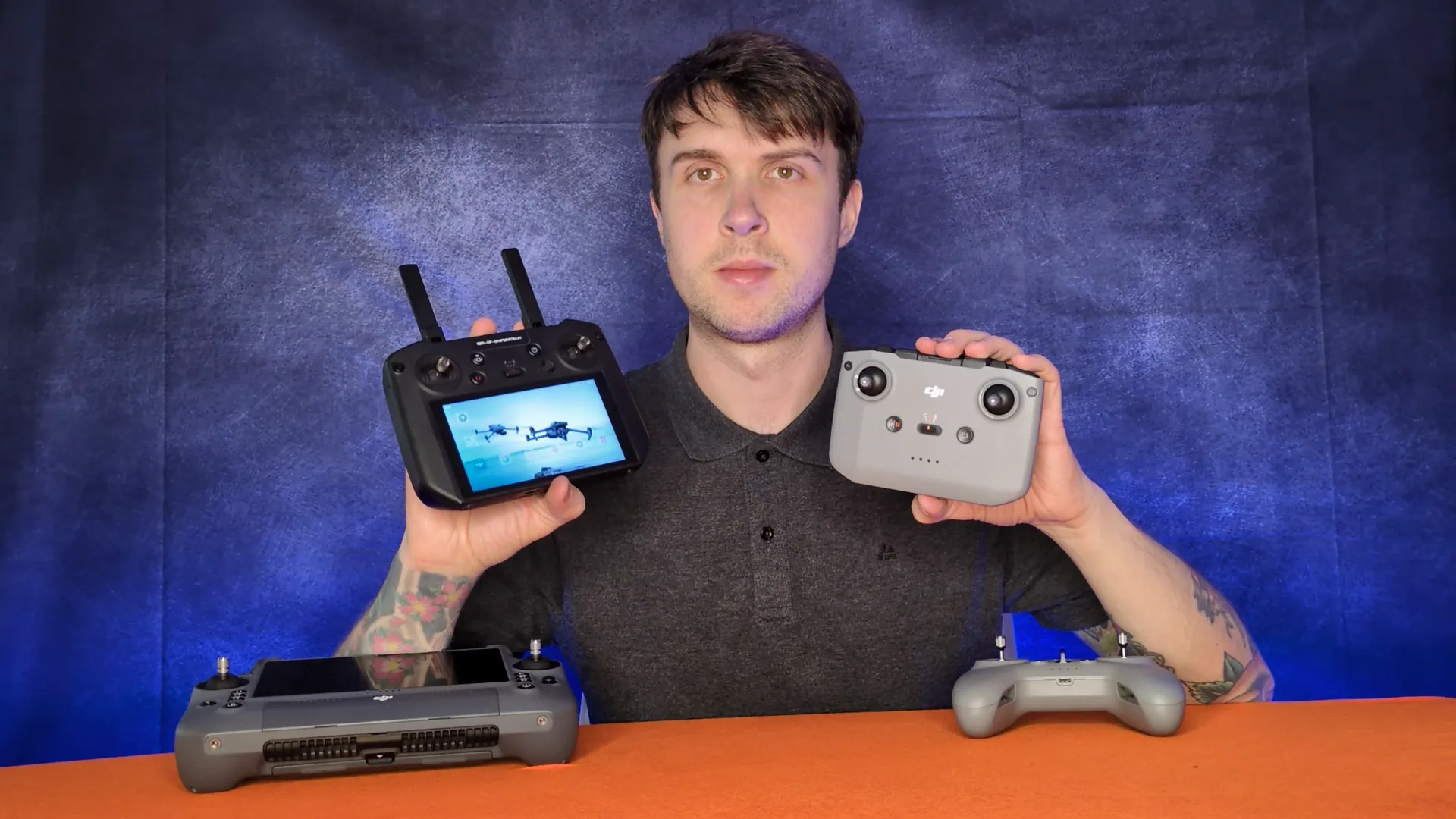
You've probably seen drones advertised with flight ranges of several miles, and while they're technically capable, UK law tells a different story. Your legal flight distance is much shorter than you might think, defined by strict regulations, not your drone's power.
So, how far can you fly a drone in the uk, and why is this distinction so critical for every drone operator to understand before taking off?
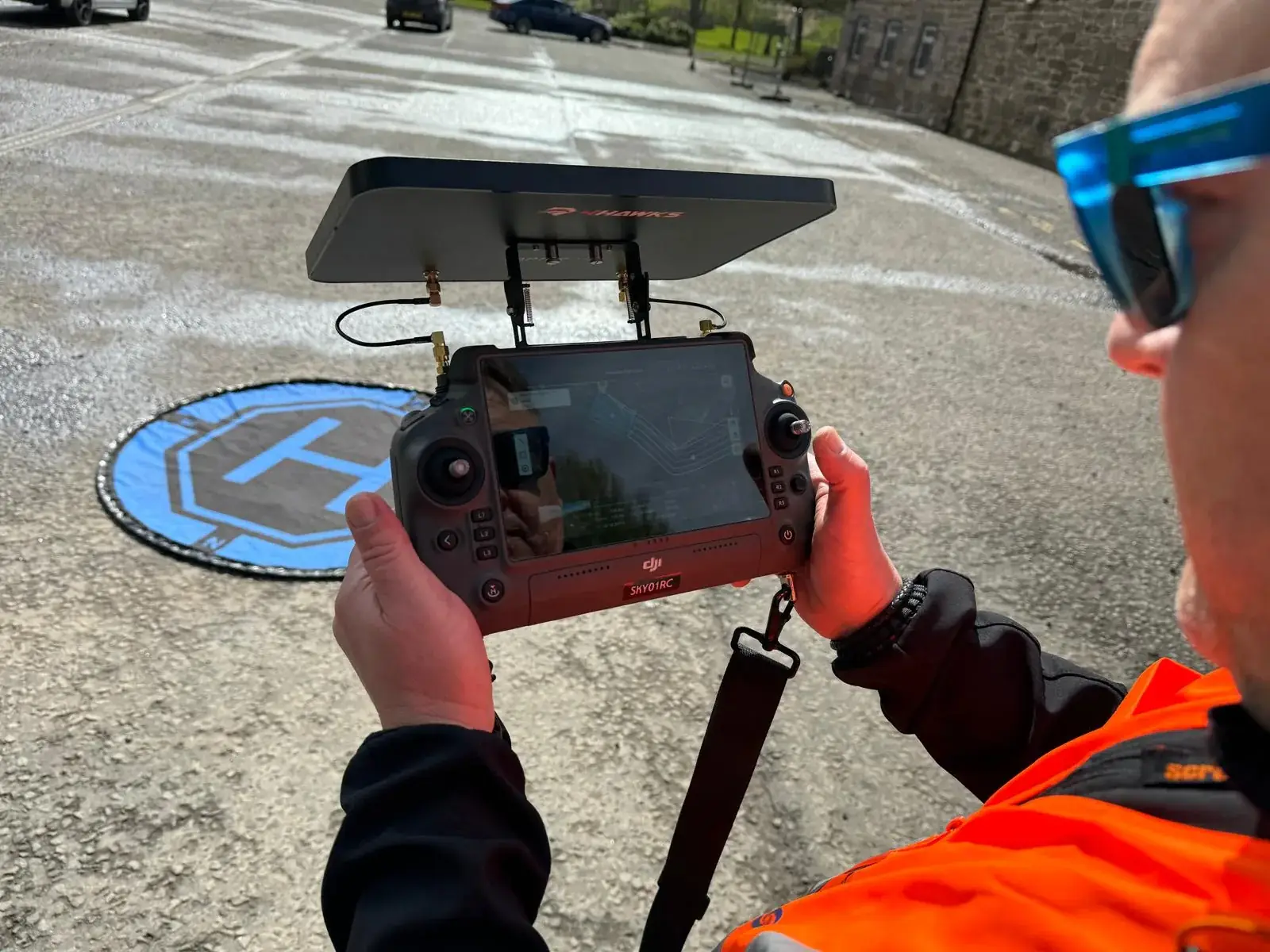
30 Second Summary
- UK law restricts drone flights to 500 meters from the operator while maintaining direct visual line of sight (VLOS).
- Flying beyond the legal 500-meter VLOS limit is a criminal offense, risking fines up to £2,500 and potential imprisonment.
- A drone's technical range can vary from under one mile to over 12 miles, depending on its battery and transmitter.
- Actual flight distance is often reduced by factors like wind, cold temperatures, and physical obstacles that block the signal.
- Flying beyond 500 meters legally requires special permission from the CAA for Beyond Visual Line of Sight (BVLOS) operations.
How Far Can Drones Fly
The answer isn't a single, simple number.
You'll find a drone's maximum flight distance varies significantly based on several key factors. First, the drone's specific type and its technical specifications—like drone battery life and signal transmission power—determine its potential range.
Some drones are engineered to maintain a strong connection to your controller over many miles, while others are designed for much shorter trips. The hardware's capability is what manufacturers often advertise, but it only tells you part of the story.
What's more important than technical potential are the legal restrictions you must follow. These rules almost always reduce your drone's practical flight distance to something much shorter than its maximum advertised range. Therefore, understanding the gap between what a drone can do and what you're legally allowed to do is crucial before you ever take off
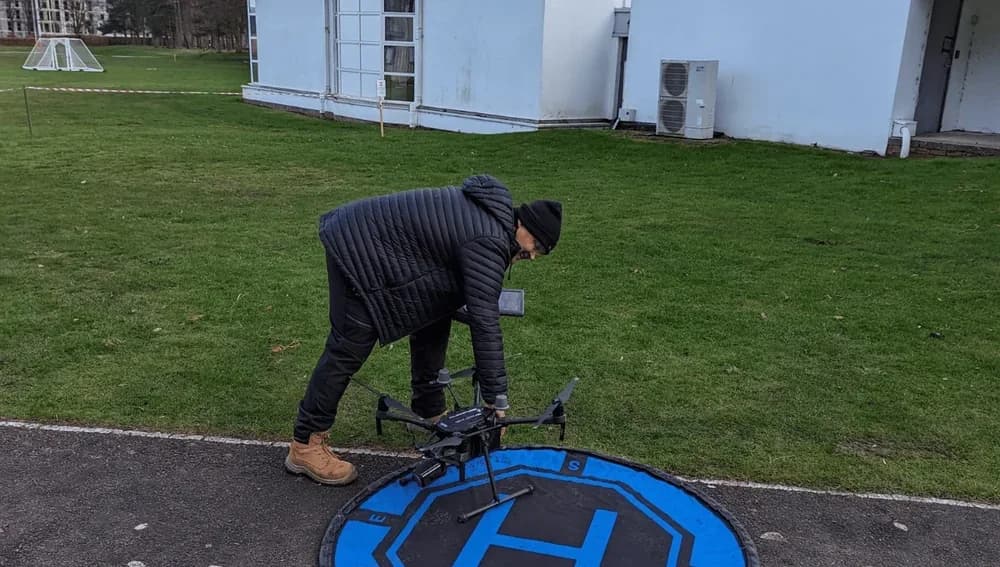
How Far Legally Can You Fly A Drone In The UK
While your drone's technical specifications might promise incredible range, UK law grounds you with Visual Line of Sight VLOS regulations. This key rule dictates that you must always keep your drone in your direct sight to operate it legally.
It doesn't matter if your controller’s signal reaches for miles; if you can't see your drone anymore, you're breaking the law. So, what’s the official limit? Under standard VLOS rules, you're permitted to fly up to a maximum distance of 500 metres from where you stand.
Crucially, that 500-metre boundary is a ceiling, not a guaranteed distance. The most important part of the VLOS rule is maintaining a clear, unaided vi
ew of your drone at all times. You must be able to see it and determine its orientation without relying on the screen or an FPV feed; in practice, your maximum legal distance is often less than 500 metres. If you can't see it, you can't legally fly it there.
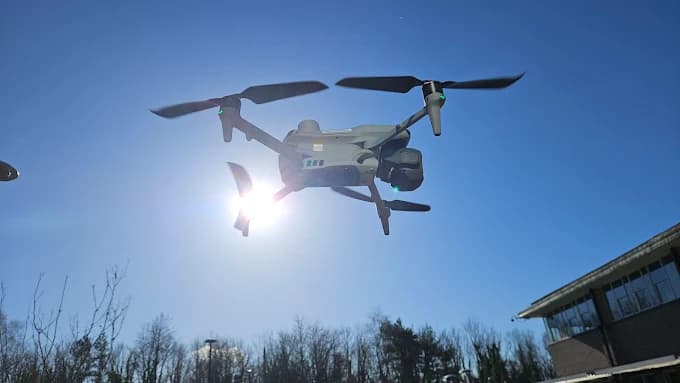
How Far Can Consumer Drones Fly
A consumer drone's flight range varies dramatically, stretching from as little as 50 feet to over 12 miles. If you're just starting with a simple toy drone, you'll find its range is quite limited, typically flying only 50 to 300 feet from you.
As you upgrade to a beginner hobby drone, you'll experience a significant increase in capability, allowing you to fly between 0.25
and 1 mile from your location; your potential flight distance really depends on the specific drone you choose.
For more serious enthusiasts, prosumer drones provide a substantial leap in performance. You'll command these capable models across distances of 2 to 7 miles. At the very top end of the consumer market, you'll discover truly impressive capabilities; drones like the DJI Air 3 or Mini 4 Pro push the absolute limits with a maximum range of 12.4 miles in ideal conditions.
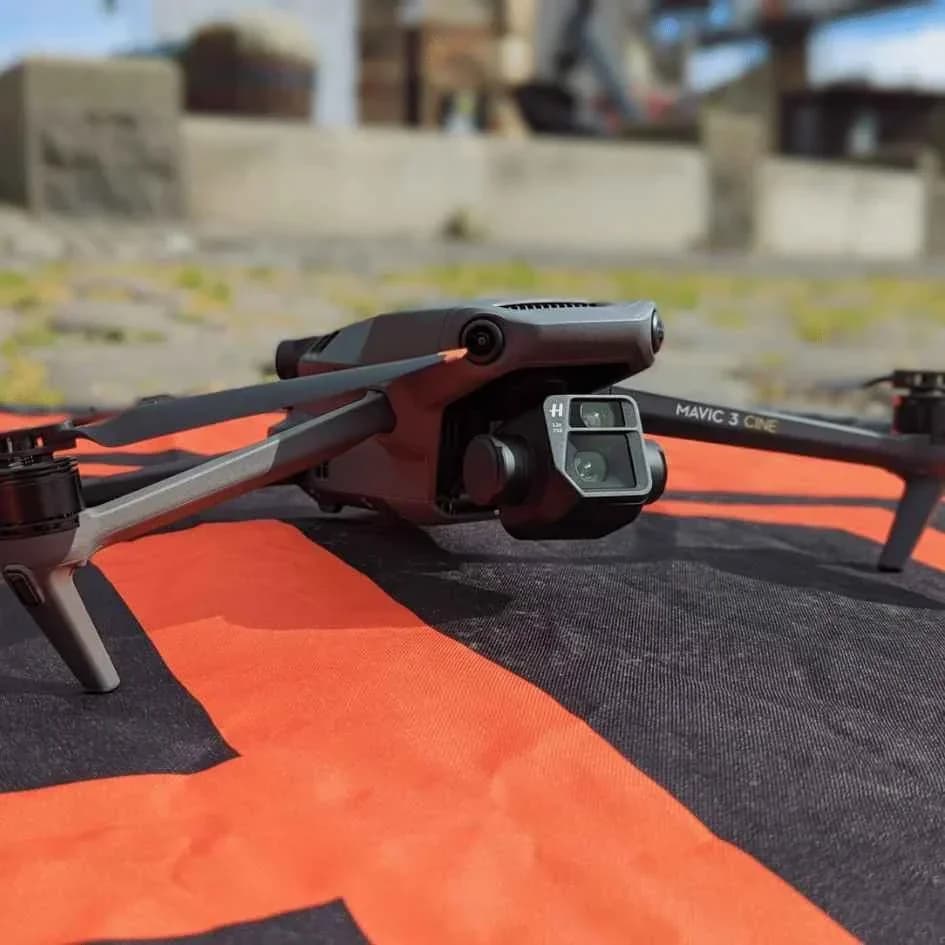
How Far can Comme
rcial and Professional Drones Fly
Stepping into the world of commercial and professional drones, you'll find their flight capabilities dwarf those of consumer models, with some specialized drones reaching beyond 15 miles. These aren't your average hobbyist quadcopters; they're built for demanding tasks.
When you explore high-end options, you discover incredible ranges. For example, you can operate a model like the Autel Dragonfish Pro up to 18.6 miles (30 km) away.
If you need even more distance for large-scale mapping or surveying, you'll see that fixed-wing drones like the senseFly eBee X cover over 60 miles (97 km) in a single flight. Pushing the limits even further, you'll find long-range champions like the JOUAV CW-30E, which boasts a staggering flight range of up to 124 miles (200 km). These powerful drones are engineered for serious industrial and agricultural missions, showcasing what's truly possible with professional-grade technology.
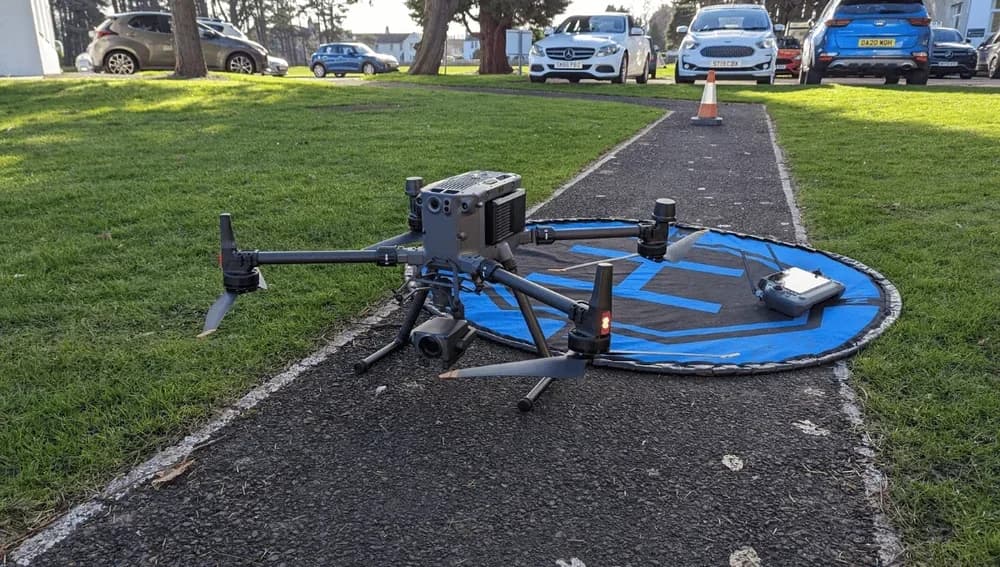
Factors Affecting How Far You Can Fly A Drone
While regulations set a legal boundary, you'll find your drone's actual range is often shorter due to several variables. Your drone's battery capacity, transmission technology, and its weight are the primary technical limitations. You also can't forget how external conditions like weather, terrain, and obstacles will impact how far you can truly fly.
Drone battery capacity
Your drone's battery capacity is a primary factor determining its maximum range. Simply put, a larger drone battery holds more charge, which translates directly into longer flight times and the potential to cover greater distances.
However, it's not quite that simple. When you opt for a higher-capacity drone battery, you're also adding significant weight to your drone, and this extra mass forces the motors to work harder, consuming more power just to keep the drone airborne. It’s a delicate balancing act; manufacturers design their drones around an optimal drone battery size and weight to maximize efficiency.
Transmission technology
The communication link between your drone and controller is the lifeline that dictates your maximum operational range. It's a two-way street: you send commands to the drone, and it sends back a live video feed. If this signal drops, you've lost control.
Entry-level drones often rely on a basic Wi-Fi connection from your phone, which typically limits your flight distance to a couple of hundred metres at best. More sophisticated drones utilize advanced transmission systems like DJI's O3+, which can maintain a stable connection for up to 15 km in ideal, unobstructed conditions. Remember, physical obstacles like buildings and terrain will interfere with this signal, and even with such impressive range, UK regulations mandate you always keep your drone within your Visual Line of Sight (VLOS).
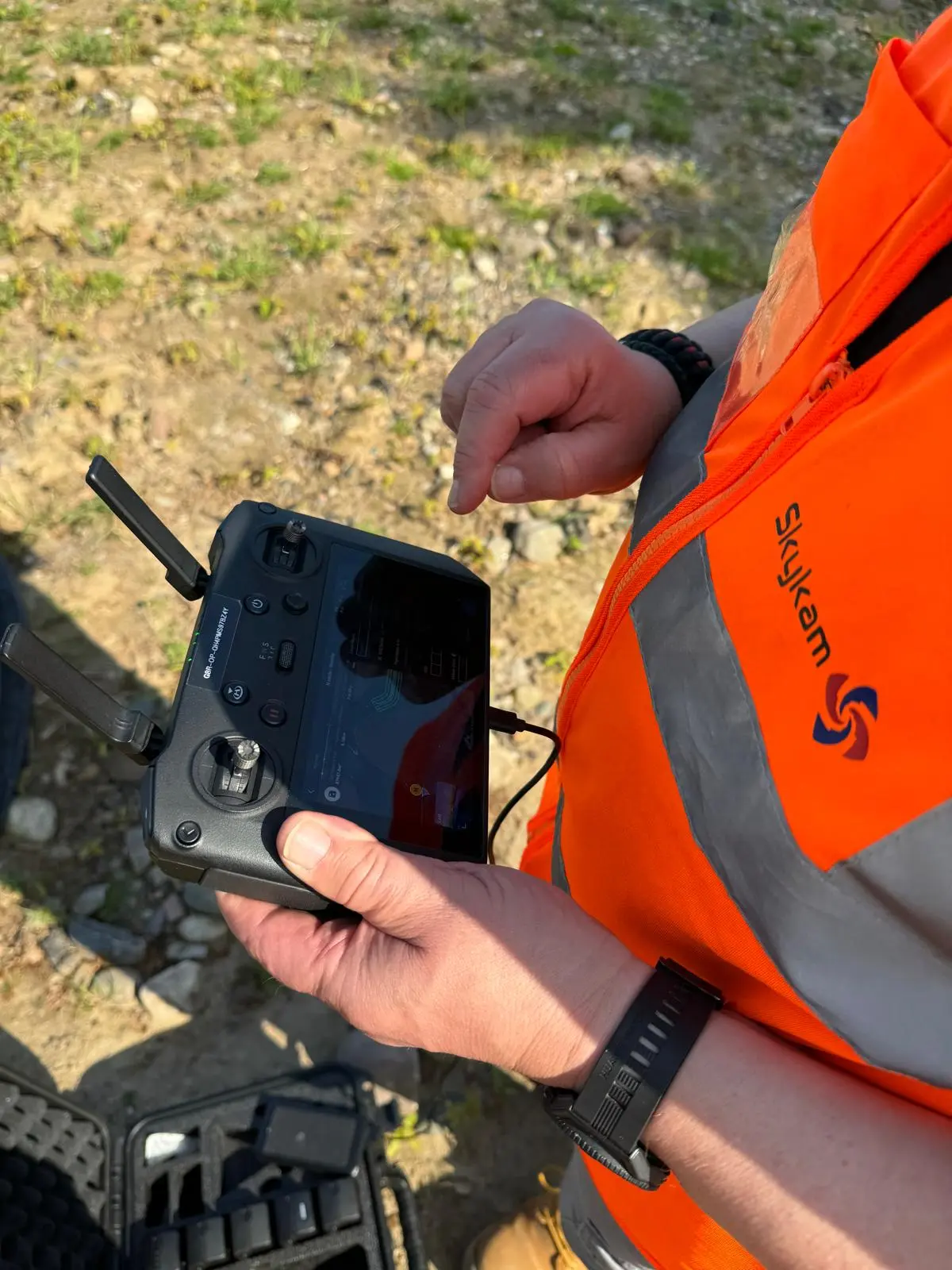
Weather conditions
Beyond your drone's transmission system, the environment itself presents another major variable, as weather conditions will drastically affect your drone's performance and maximum range. Wind is a huge factor; if you fly against it, your drone's motors must work harder, consuming more of the drone battery and shortening your effective distance. Remember, a tailwind on the way out means you'll face a draining headwind on your return journey.
Cold temperatures are another major enemy, as they seriously degrade drone battery performance, directly reducing your total flight time and, consequently, how far you can travel. Flying in the rain isn't just a bad idea—it's a recipe for disaster. Moisture can destroy your drone's sensitive electronics, so you'll want to avoid wet conditions completely. It's crucial you check the forecast.
Drone weight
A drone's own weight is another key factor determining its maximum range. Put simply, a heavier drone requires more power from its motors to get airborne and stay there. This increased power consumption directly drains your drone battery faster, which in turn shortens the total flight time and distance you can cover.
Think of it like carrying a heavy backpack while you're hiking; you'll get tired much quicker than if you were carrying nothing. Every gram counts in the world of drone flight. This doesn't just apply to the drone's base weight either; any additional accessories or payloads you attach will contribute to the total weight, further impacting how far you can fly on a single charge.
Terrain and obstacles
Your flight environment presents its own challenges that can limit how far you can fly. Physical obstructions like buildings, hills, and even dense forests are significant factors, as they directly block the radio signal between your controller and the drone. Think of it as a line-of-sight issue; if you can't see your drone, the signal is likely struggling, which dramatically shortens the effective distance you can safely operate.
You’ll find your connection dropping far sooner than the advertised maximum range. It's not just solid objects, either. You must also account for radio interference from Wi-Fi networks and mobile phone masts, which can easily overpower your drone’s connection, further limiting your flight distance.
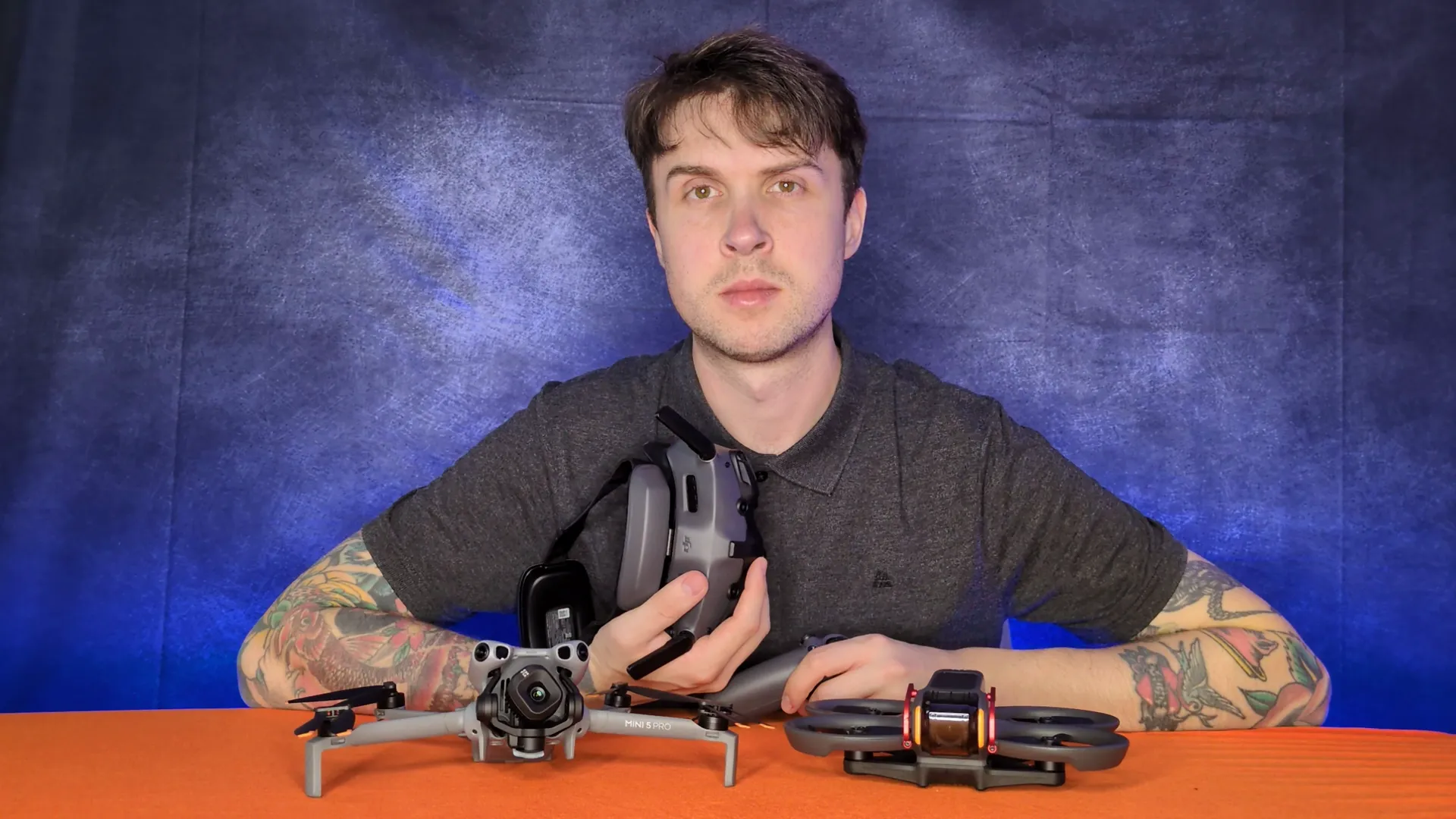
Practical Drone Flying Distance
While modern drones can technically fly for several miles, your practical flight distance is significantly shorter. The biggest limiting factor is the legal rule that you must maintain Visual Line of Sight (VLOS) with your drone at all times.
For most drone operators, this realistically means you can only fly your drone about 0.25 to 0.5 miles (400 to 800 meters) away from your position, a distance considerably less than your drone’s advertised maximum range.
If you need to fly further, you’ll require special permissions. Extended Visual Line of Sight (EVLOS) operations allow for greater distances, but you must use trained observers to help you keep the drone in sight. For flights beyond what you or your observers can see, you're entering Beyond Visual Line of Sight (BVLOS) territory, which requires direct approval from the CAA and involves strict, complex safety procedures.
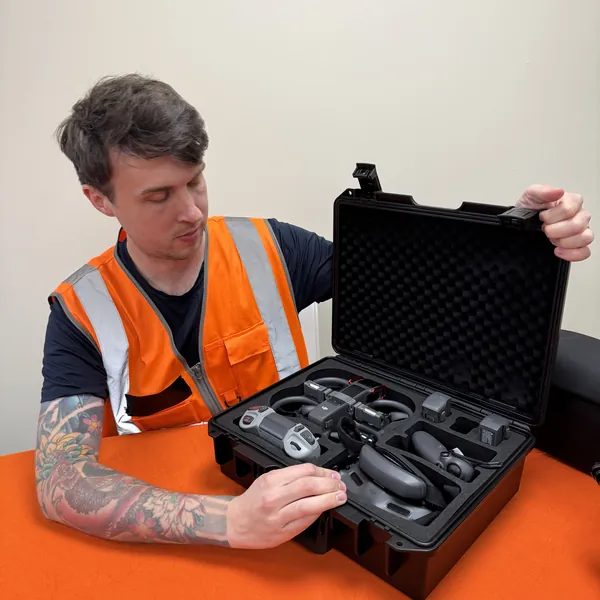
Do Range Extenders Make Your Drone Fly Further?
Getting a stronger, more stable signal is key to confidently flying to the edge of your visual range, which is why many drone operators look to range extenders.
So, do they work?
Yes, they do, but with a few important caveats. Inexpensive passive parabolic reflectors focus your controller’s signal into a concentrated beam, like a satellite dish; this can boost your effective range by 25-50% and is great for cutting through signal interference in crowded environments.
However, you must constantly keep these directional extenders pointed directly at your drone, or you'll lose the signal benefit. While more powerful active amplifiers provide even more gain, they require an external power source and careful setup. It's crucial to remember that extenders primarily improve the signal your controller receives, not your drone’s transmission power back to you, and using powered amplifiers to boost your controller's output may violate UK regulations.
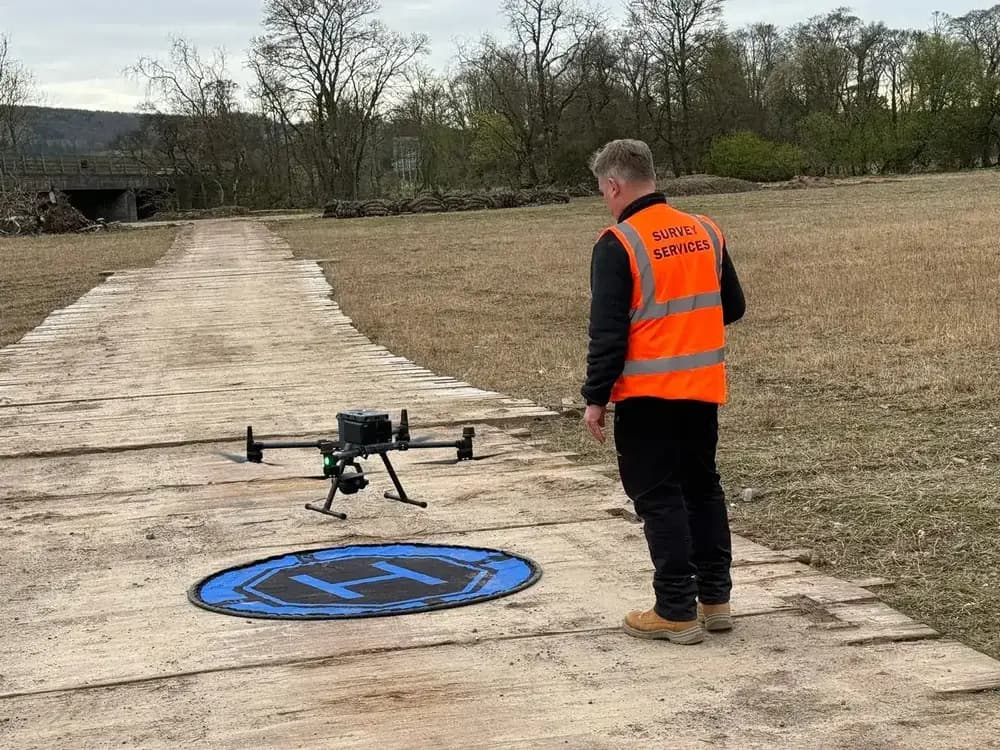
What Happens If You Fly Your Drone To Far in UK
When your drone flies out of range, you’ll lose the connection, risking a flyaway or crash. More importantly, flying beyond visual line of sight breaks UK aviation laws, resulting in serious legal consequences. Let's examine the specific penalties and enforcement you would face for such a flight.
What Happens to the Drone
Because modern consumer drones like DJI models have built-in failsafe systems, flying out of range won't necessarily result in a lost drone. When you lose the connection between your controller and the drone, its software automatically activates the 'Return to Home' (RTH) feature. Your drone then uses its GPS coordinates to independently fly back to the pre-programmed home point, which you usually set at takeoff.
However, you can't assume this safety net is foolproof. If your drone's battery is too depleted for the long flight back, it will simply land wherever it runs out of power, which could be in an inaccessible area. Strong winds can also blow it off course, or unexpected obstacles like trees or buildings could block its path, preventing a successful recovery.
Legal Consequences in the UK
While your drone's failsafe features might prevent a technical disaster, flying it beyond your sight in the UK triggers a legal one. The law, specifically the Air Navigation Order 2016, mandates that you must always maintain Visual Line of Sight (VLOS) with your drone. This isn't a suggestion; it's a strict requirement.
It means you can't just rely on a camera feed; you have to see the drone with your own eyes at all times. This legal necessity effectively limits your flight distance to approximately 500 metres, regardless of your drone's impressive technical range.
By intentionally flying beyond this point, you're not just breaking a minor by-law. You are committing a criminal offence, defined as “recklessly or negligently acting in a manner likely to endanger an aircraft.”
Penalties and Enforcement
Committing this criminal offense carries significant penalties that go far beyond a simple warning. You could face fines up to £2,500 or, depending on the severity, imprisonment. A violation might get you up to five years in prison. If your out-of-range flight endangers other drones or people, you’re looking at up to ten years under aviation safety laws.
The Civil Aviation Authority CAA actively enforces these rules and can pursue prosecution. They won’t hesitate to confiscate your drone and ban you from flying one again. Additionally, the police have full authority to investigate and press charges against you; they frequently act on public tips, so remember that anyone can report you by calling 101.
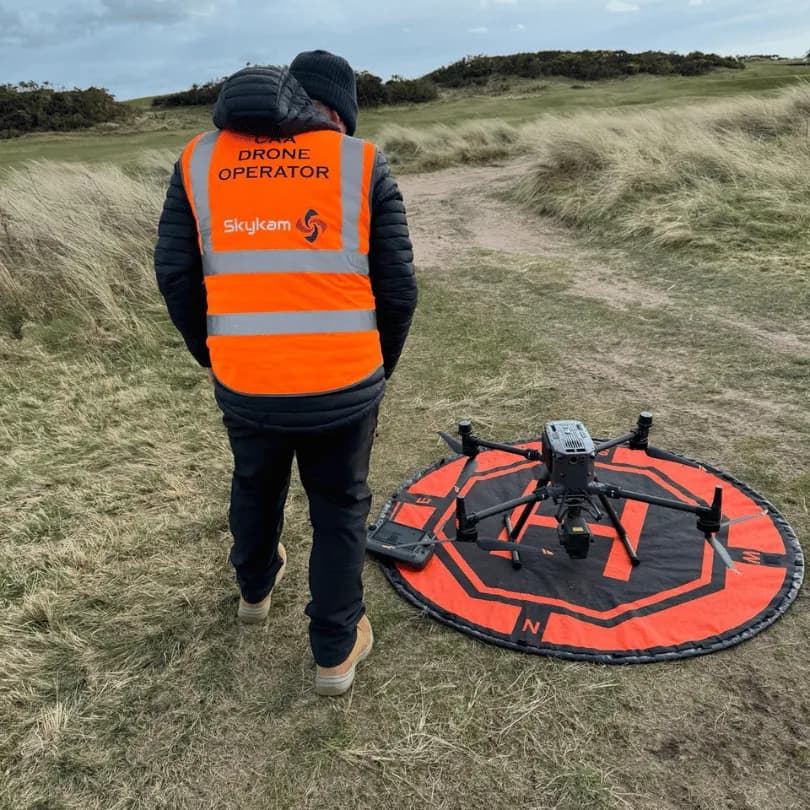
Need to Fly Further? Hire a Professional for Compliant Long-Range Drone Operations
While a drone's technical range can be impressive, UK law strictly limits all flights to a 500-metre radius within the drone operator's visual line of sight. For any project that requires covering greater distances—such as large-scale surveys, pipeline inspections, or agricultural mapping—you need a professional with special permissions from the Civil Aviation Authority (CAA).
This is the exact problem HireDronePilot solves. We are the UK's premier managed marketplace, connecting businesses with verified professional drone pilots for hire who possess the necessary CAA authorisations for Beyond Visual Line of Sight (BVLOS) operations. Our platform allows you to streamline drone services through competitive bidding from a network of certified experts. We ensure quality, compliance, and value for every aerial project across the United Kingdom.
Instead of being grounded by legal limits, find the right UK drone pilot for your long-range project through our marketplace.
Post your requirements today and receive competitive quotes from qualified drone operators who can legally and safely achieve the flight distance your mission demands.
About the Author

Written by
Peter Leslie
Peter Leslie is a CAA-approved commercial drone pilot with 10+ years experience and over 10,000 flight hours. He holds the GVC and A2 CofC drone licences with full CAA Operational Authorisation. Peter is a member of ARPAS-UK, the UK's non-profit trade association for the drone industry. He founded HireDronePilot to connect UK businesses with qualified, insured drone operators.
Looking for More Drone Work?
Join the UK's leading network of professional drone pilots and grow your business.
Open Access
Bid on any job - all jobs open to all pilots
Grow Revenue
Access high-value commercial projects
Stay Busy
Fill your schedule with regular work
Related Articles

Our Drone Survey Service In Stirling, Scotland
Bringing you Stirling drone survey data from areas no one else can fly.

How Much Does A Drone LiDAR Survey Cost
Forecasting your drone LiDAR survey cost requires understanding what's hidden beyond the initial quote.

Step By Step Process Of Drone LiDAR Survey
Next, discover the crucial post-flight steps that determine your survey's success.
